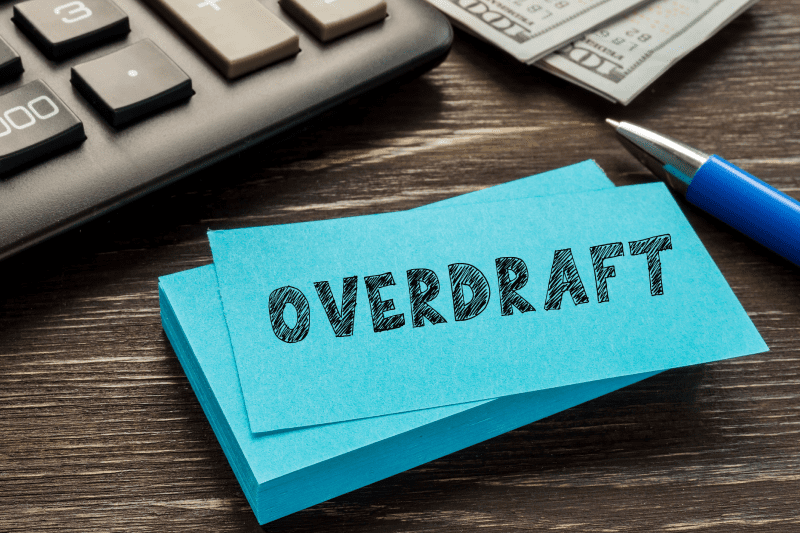
Ideally you should never pay overdraft fees. It is important to closely monitor your accounts so that you know exactly how much money you have in each account. An overdraft fee happens when you withdraw more from your account than what is in it.
If this happens frequently it can damage your relationship with your bank or credit union. A history of misusing your checking account can cause the bank to stop doing business with you and make it harder to start over at a new institution.
You can avoid overdraft fees in the following ways.
Opt Out of Overdraft Coverage
In 2010, the Federal Reserve stated that by default, a bank must refuse transactions if an account lacks sufficient funds. But customers can choose to change the default status and opt in to overdraft protection, if the bank offers the service. So, by default you should not be enrolled in overdraft protection, but you may have opted in at some point.
When you opt out of overdraft coverage the bank or credit union will decline a transaction if there is not enough money in the account to cover the withdrawal, but you can still run into trouble even if you opt out. You might avoid the overdraft fee, but it could lead to bounced checks, declined payments or transactions and non-sufficient fund fees.
Monitor your Accounts
It is extremely easy to monitor your accounts with online and app-based banking. You can regularly log into your accounts to check your balance and monitor account activity. You can also keep a check register or spreadsheet of all transactions so that you can easily tell if you have enough in your account to cover any debits.
Remember Automatic Debits
When checking your balance remember to account for any automatic debits you have set up, such as automatic transfers and automatic payments for bills and other expenses. Setup calendar reminders so that you know exactly when the money will be taken from your account.
Sign Up for Account Alerts
Sign up for account alerts so that you are notified when changes to your account occur. Account alerts can include when transactions take place, when your account balance falls below a certain limit, direct deposits, when a large purchase takes place, large ATM withdrawals, changes to your account profile and unusual account activity. Check with your bank to see what types of alerts they offer.